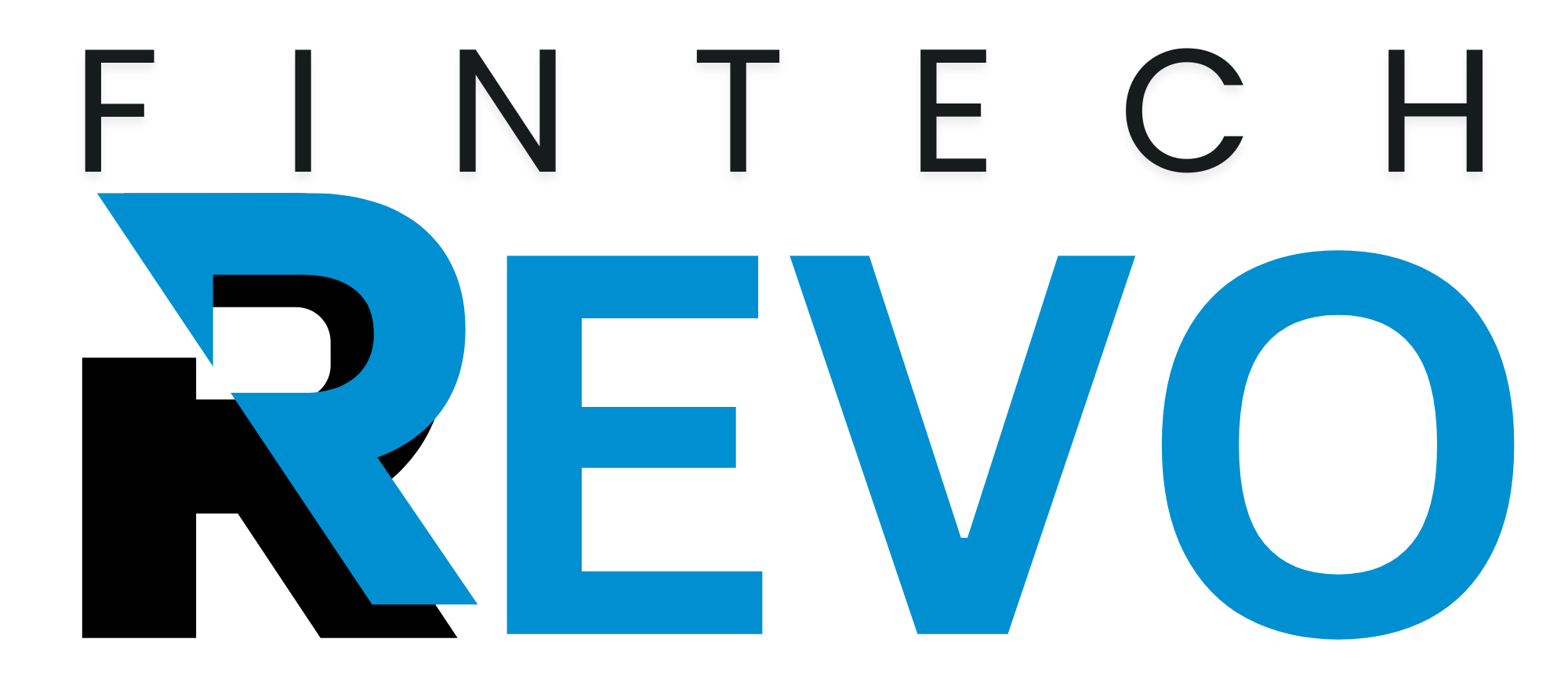Starting your own business can feel daunting, especially when you’re the only person behind it. Yet, some of the most recognised brands today began as small, one-person operations. A sole proprietorship is the simplest form of business ownership—one individual owns, manages, and bears all profits and responsibilities. It doesn’t require complex registration or shareholders, just determination, skill, and consistency.
Below, we’ll walk through ten standout examples of successful companies that began as sole proprietorships. These stories show how one person’s idea can grow into something extraordinary.
10 Best Sole Proprietorship Companies in 2026
| No. | Company / Venture | Founder | Notable Strength |
| 1 | Amazon | Jeff Bezos | Started as a solo online bookstore and grew into a global e-commerce empire. |
| 2 | Dell Technologies | Michael Dell | Began selling custom computers from a dorm room. |
| 3 | eBay | Pierre Omidyar | Originated as a solo hobby website for online auctions. |
| 4 | Kinko’s | Paul Orfalea | Launched from a single photocopy shop near a university campus. |
| 5 | Annie’s Homegrown | Ann Withey | Started with one woman making natural mac and cheese. |
| 6 | Mary Kay Cosmetics | Mary Kay Ash | Began from a single home office with direct selling. |
| 7 | J. Dilla’s Music Production | James Yancey | One musician producing and distributing his own work. |
| 8 | Ralph Lauren | Ralph Lifshitz | Started selling handmade ties before building a global fashion label. |
| 9 | Under Armour | Kevin Plank | Born from one athlete’s idea to make better workout gear. |
| 10 | The Body Shop | Anita Roddick | Started as a solo venture creating cruelty-free cosmetics. |
Let’s explore how each began and what we can learn from their journeys.
Amazon – Jeff Bezos’s One-Man Bookstore
Before becoming one of the largest global companies, Amazon began as a one-person online bookstore in a garage. Jeff Bezos managed every order, packed boxes himself, and handled customer emails. His idea was simple: make book buying easier and cheaper online.
What we learn:
- Start with a narrow niche before expanding.
- Technology can multiply a single person’s effort.
- Customer obsession can drive growth even with minimal resources.
Dell Technologies – Michael Dell’s Dorm-Room Startup
Michael Dell began assembling and selling customised computers from his university dorm room. He took individual orders, built the machines himself, and shipped them directly to customers—cutting out middlemen.
What we learn:
- Direct-to-consumer models can work perfectly for sole owners.
- Understanding customers’ exact needs can give a competitive edge.
- Scaling becomes easier once a repeatable system is in place.
eBay – Pierre Omidyar’s AuctionWeb
Pierre Omidyar created a simple website called AuctionWeb to connect buyers and sellers for collectible items. It was a personal side project until transactions and traffic skyrocketed, prompting him to formalise the venture as eBay.
What we learn:
- A passion project can turn into a business if people find value in it.
- Starting small allows experimentation without large risk.
- Your hobby might be more scalable than you think.
Kinko’s – Paul Orfalea’s Photocopy Shop
Kinko’s started as a single copy shop run by Paul Orfalea near a college campus. He identified a simple student need—affordable printing and binding. Within years, his one-store venture expanded nationwide.
What we learn:
- Focusing on a specific audience helps build early traction.
- Manual, local businesses can scale if systems are replicable.
- Great service and personal connection go far in community businesses.
Annie’s Homegrown – Ann Withey’s Kitchen Experiment
Ann Withey began making organic mac and cheese from her kitchen, hand-packing boxes herself and writing personal notes to customers. Her home-based sole proprietorship evolved into a major organic food brand.
What we learn:
- Authenticity and personal touch resonate deeply with customers.
- You don’t need a big team to build trust—just quality and care.
- Sole ownership lets you control values and mission early on.
Mary Kay Cosmetics – Mary Kay Ash’s Bold Start
Mary Kay Ash left her corporate job to start her own cosmetics company from home. She was the first salesperson, marketer, and trainer, shaping her company culture personally.
What we learn:
- Believing in your product gives you the confidence to sell it.
- Empowering others can come later; first, believe in yourself.
- Personal branding matters—your reputation fuels business growth.
J. Dilla’s Music Production – A Solo Creative Empire
Producer James Yancey, known as J. Dilla, worked independently from his home studio. His music influenced artists worldwide, yet he operated as a one-man enterprise—handling creation, mixing, and sales on his own.
What we learn:
- Creativity and independence thrive in sole ownership.
- You control your intellectual property completely.
- Passion can sustain long hours of solo work.
Ralph Lauren – Handmade Ties to Global Fashion
Ralph Lauren began by sewing and selling his own neckties. He went door-to-door to stores, pitching his designs personally. From that one-person operation, Polo Ralph Lauren grew into a fashion powerhouse.
What we learn:
- Craftsmanship and persistence can outperform big budgets.
- Every sale in the beginning matters—relationships build legacy.
- You can scale artistry into a business with patience and vision.
Under Armour – Kevin Plank’s Performance Shirt Idea
Kevin Plank started Under Armour from his grandmother’s basement, testing moisture-wicking shirts he created for athletes. He handled manufacturing, shipping, and sales himself before the brand took off.
What we learn:
- Innovation often begins with solving your own frustration.
- Practical problem-solving can evolve into a full product line.
- Building a strong story around your origin fuels loyalty.
The Body Shop – Anita Roddick’s Ethical Beginning
Anita Roddick opened her first shop alone, selling handmade skincare products using natural ingredients. Her belief in cruelty-free cosmetics defined the company’s DNA long before it became mainstream.
What we learn:
- Values can be your strongest business advantage.
- A small, personal brand can influence global ethics.
- Consistency between belief and business wins customer trust.
The source of this list is FinTech Revo .com
Why Sole Proprietorship Works So Well
The success of these founders shows that starting small isn’t a weakness—it’s a strategy. Running a sole proprietorship lets you:
- Test ideas quickly with minimal cost.
- Maintain complete control over decisions.
- Build strong customer relationships through direct engagement.
- Keep operations flexible while learning what truly works.
While the structure is simple, it also brings personal responsibility. You bear the risks, manage finances, handle taxes, and safeguard your reputation. However, these examples prove that the trade-off for autonomy and ownership can be worth it.
When It’s Time to Expand
Most of these businesses eventually transitioned into larger entities—corporations or limited companies—once they grew beyond one person’s capacity. The moment you hire staff, seek investment, or face higher liability, it’s usually time to formalise the structure.
Still, starting as a sole proprietor offers unmatched simplicity. It’s the purest way to turn an idea into income.
Final Thoughts
From Jeff Bezos packing books to Anita Roddick hand-mixing creams, every major business once began with a single person taking a small step. The power of the sole proprietorship lies in its simplicity—you don’t need investors or offices, just a clear idea and the drive to keep going.
If you’re starting alone, remember this: every empire begins with one pair of hands willing to do the work. Keep your focus, deliver genuine value, and grow when the time feels right. The path may start solo—but greatness often does.
Important Questions
What are the main legal requirements for registering a sole proprietorship?
You typically need to register a business name, obtain a local business licence, and apply for a tax identification number. Some industries also require professional permits or certifications depending on the nature of the business.
How is a sole proprietorship taxed compared to an LLC or corporation?
In a sole proprietorship, all profits and losses pass directly to the owner’s personal tax return. Unlike corporations that file separate tax reports, the sole proprietor pays income tax and self-employment tax on business earnings under their individual tax identity.
What are the biggest financial risks of running a sole proprietorship?
Since the business and owner are legally the same, personal assets such as savings or property can be used to cover business debts or legal obligations. This unlimited liability is the primary financial risk when operating as a sole proprietor.
Can a sole proprietorship hire employees or independent contractors?
Yes, a sole proprietor can hire staff or contractors. However, they must register for employer identification, handle payroll taxes, and comply with labour and employment laws just like larger entities.
How can a sole proprietor raise capital to grow their business?
Raising funds often relies on personal savings, small business loans, or reinvesting profits. Since sole proprietorships can’t issue shares, alternative financing options include crowdfunding, grants, or business partnerships under written agreements.
When should a sole proprietor consider converting to another business structure?
It’s wise to restructure when the business grows to a point where liability protection, investor funding, or formal ownership sharing becomes necessary. Transitioning to an LLC or corporation helps separate personal and business assets and supports long-term expansion.
Are there accounting systems best suited for sole proprietorships?
Simple bookkeeping tools or cloud-based accounting platforms that track income, expenses, and tax deductions work best. They help maintain accurate financial records while keeping compliance easy for individual business owners.






